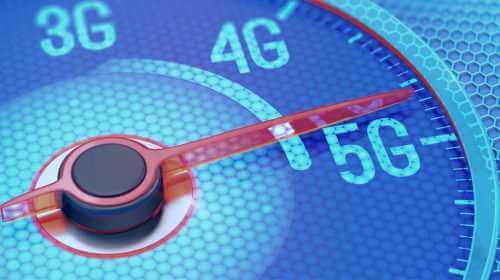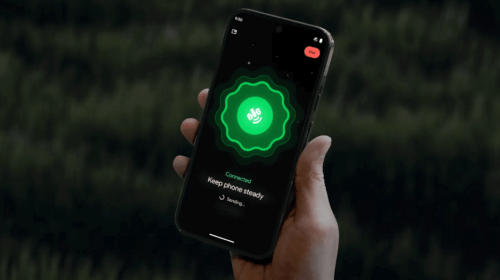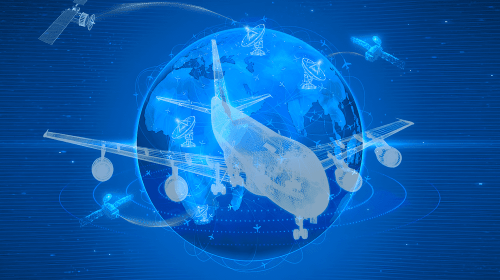ᅠ
Nov 09, 2017
Imagine you are working downtown, and you normally take public transportation to work, but on this particular afternoon, you need to drive to the outside of the city to meet with an important client. You pull out your smartphone, locate a vehicle near you, make a reservation, and find the vehicle with a map on your smartphone. You unlock and start the car using your smartphone, and head out for your appointment. When you return, you park it, pay for the vehicle using your smartphone, and leave it. By sharing cars with other workers in a crowded city, you help cut down on shared congestion and pollution, not to mention your own parking, fuel and vehicle maintenance costs.
This is one of a number of potential new applications that might be enabled when our automobiles are connected to the internet. While it’s true that there is good cellular coverage around major metropolitan areas, one need not stray too far to find that there is no internet access, or it is very poor. Mounting standard VSAT reflector antennas on vehicles is often not possible, and almost always inconvenient and cumbersome. Kymeta’s flat panel antenna is finding favor among customers, including automobile vendor Toyota.
Toyota fully believes in the concept of the connected car. They began delivering connected cars with “LexusLink which allows drivers to start and unlock their cars remotely, do remote diagnostics and get a health and status checkup with Toyota’s ServiceConnect. These applications have been supported by cellular technology up till now.
For Toyota, it’s all about maintaining relationships. Having their customers connected so they can be provided with timely information, service announcements, and a means of direct mail, the idea is to forge a bond between Toyota and their customers, so perhaps they trade in their vehicle early on another Toyota. It’s about brand loyalty.
There are concerns about whether existing or future cellular technology is going to be able to offer the kind of bandwidth that may be required to support the amounts and types of data that vehicles, self-driving or otherwise, will need to support. Edge computing is one potential solution. Edge computing performs data processing at the edge of the network, near the source of the data, a method that optimizes cloud computing systems. The idea is to push applications, data and processing power away from central locations to the edges of the network, where the user is. A consortium of companies, including Intel, are seeking to create standards to manage data flow in and out of vehicles, leveraging cellphone and hardware industries. What role does satellite play?
Toyota suggests that working with flat panel antenna companies like Kymeta will provide the vehicle with access to heftier amounts of data, as well as to take advantage of the vast amounts of information available over satellite, ranging from telemetry for the vehicle location, traffic and weather reports, or crash notification, and do so in places where cellular coverage is poor or nonexistent.
How well the addition of satellite integrates into the “connected car” concept, comes down to the packaging. It has to be small, and low-profile and preferably enhance the aesthetics of the vehicle. Toyota is looking at the whole package, from the design, the package and pricing, and the costs of transporting the data that is generated. For now, the technology will be tested. Telemetry on the vehicle locations will be collected, and applications to leverage the new capabilities will be developed. Toyota intends to be ahead of the trend. We’re sure to hear more.





